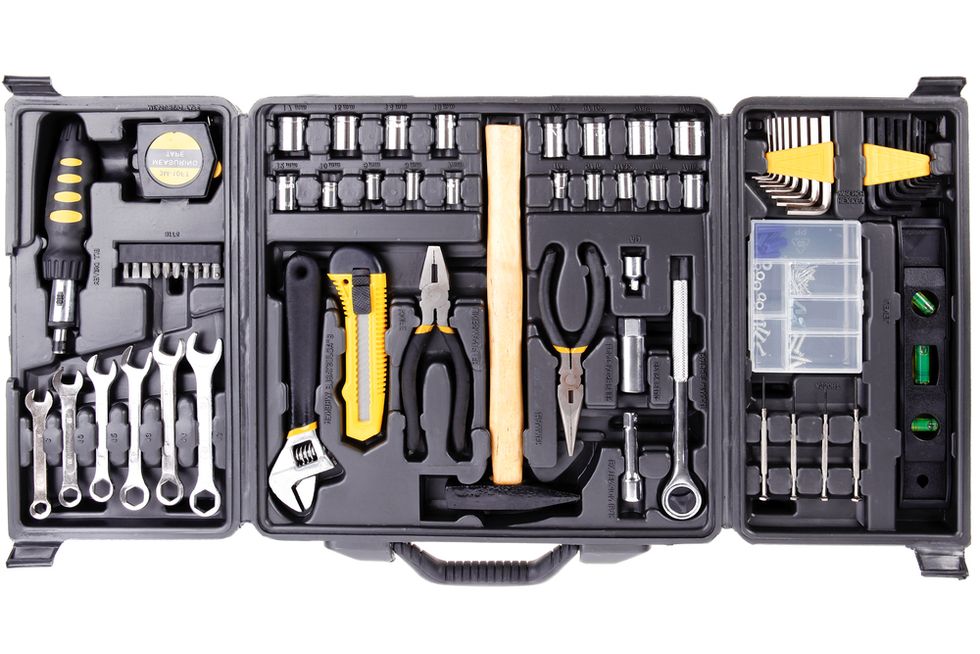
A tool box that’s only filled with hammers isn’t as useful as one filled with an assortment of tools, right? Like a good tool box, a great company needs employees with assorted skills. Related: The 4 New Rules Of Recruiting Because individuals within a diverse group come from unique environments and have varied life experiences, they have different “tools” to recognize and solve problems, according to Dr. Scott E. Page. A company that develops a diverse team increases the “tools” in their toolbox that can be used to collaborate, solve problems, and inspire innovation. A group of employees with diverse backgrounds, experiences, and talents will be more productive and capable of effecting change than a staff comprised of professionals who are all the same. In order to appeal to diverse candidates and encourage them to apply, companies must showcase that they offer a welcoming and inclusive atmosphere where anyone can succeed.
What does it mean to demonstrate diversity?
While diversity has often been identified as a phrase indicating the inclusion of people who identify with varied ethnic, racial, sexual, or age groups, it is important to be aware that inclusion of diverse thinkers doesn’t hinge solely on how a person identifies him or herself. While group identification may impact an individual’s perception, their unique skills, traits, and experiences also diversify them. To show how they are inclusive, a company should demonstrate a wide range of perceptions and modes of thinking working together, while recognizing that it often takes people of varying backgrounds to truly impact diversity. “Your candidate population is intelligent enough to relate to a story about a woman in the workplace and think, ‘I’m not a woman, but I can relate to the fact that she has some challenges,’” said Kenneth Johnson, Diversity Recruiter of East Coast Executives. Demonstrating diversity is less about showcasing the group from which an individual identifies, and more about highlighting the experiences, challenges, and innovation from different types of people and how they contribute to the success and advancement of the company. Focus on the “tools” the individuals have to offer. According to Johnson, people really relate to individual stories, and that instances of positive progression for diverse members of a company will resonate with audiences. If job seekers see stories of inclusion, they are more apt to feel welcomed to apply. So, what can your company do to become more diverse? Here are some tips:1. Consider your company goals, mission, and purpose.
First, consider your company goals, mission, and purpose. Your company needs a team that is both responsive to these ambitions and skilled enough to bring them to life. Part of developing this team requires that you retain the qualified employees you have while bringing others on board who will diversify your team and talents. Remember, the more types of talent present, the more tools you have to accomplish your objectives.2. Show them how to utilize their skills.
Next, demonstrating how employees can utilize their individual skills to advance in the company is essential to maintain staff while recruiting new members. Johnson suggests that all members of leadership should offer mentorship to those below them. Further, he believes that “non-diverse leaders should be encouraged to mentor a minority employee” as a means of fostering diverse relationships throughout the organization. These practices engage your company internally by showing how different types of people established themselves professionally, developing connections, and offering motivation. “People can see that, and they need to know where it started,” Johnson said.3. Showcase your development opportunities
By telling external stories that highlight opportunities for mentorship, support, and advancement, candidates and clients alike will see the potential within the company for members all groups to contribute and experience success. If your workforce is reflective of the diversity of your client base, you will be more successful at recruiting diverse candidates and gain a competitive advantage through understanding your customers. Your brand can raise the bar for the expectations of corporate diversity and inclusion!4. Establish best practices.
With support in place, companies can address the administrative qualities of being inclusive. This often begins with establishing best practices. “Best practices vary; you just need to identify them and do them,” said Johnson. So, while they may differ from business to business, it’s more important that you recognize them, put a plan in place, and follow through with it.5. Measure success.
You can measure the success of these practices by asking key questions like:- Does everyone feel involved and invested?
- Is everyone supported and given the tools to succeed?
- Is our team reflective of the changing demographic?
- Are we accomplishing our goals?

 Bigstock
Bigstock Bigstock
Bigstock Bigstock
Bigstock


